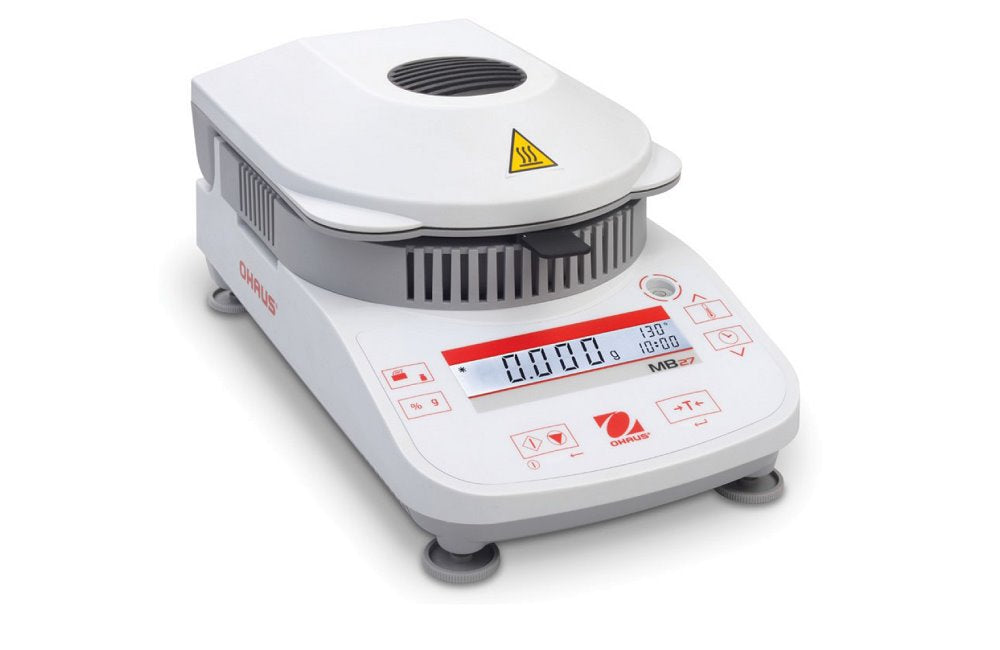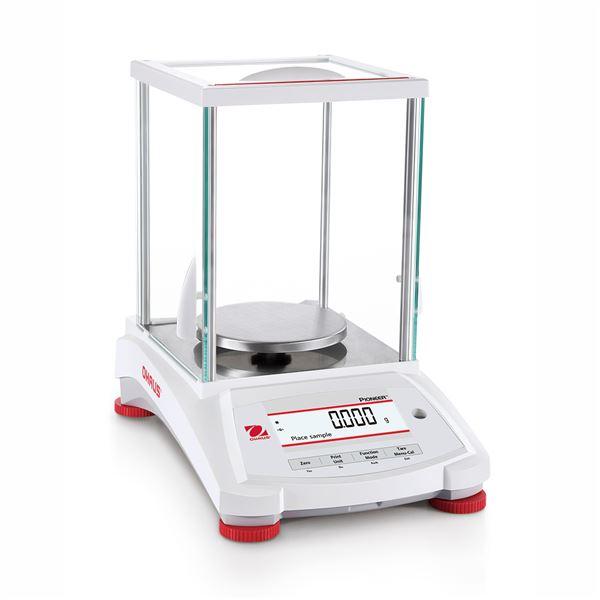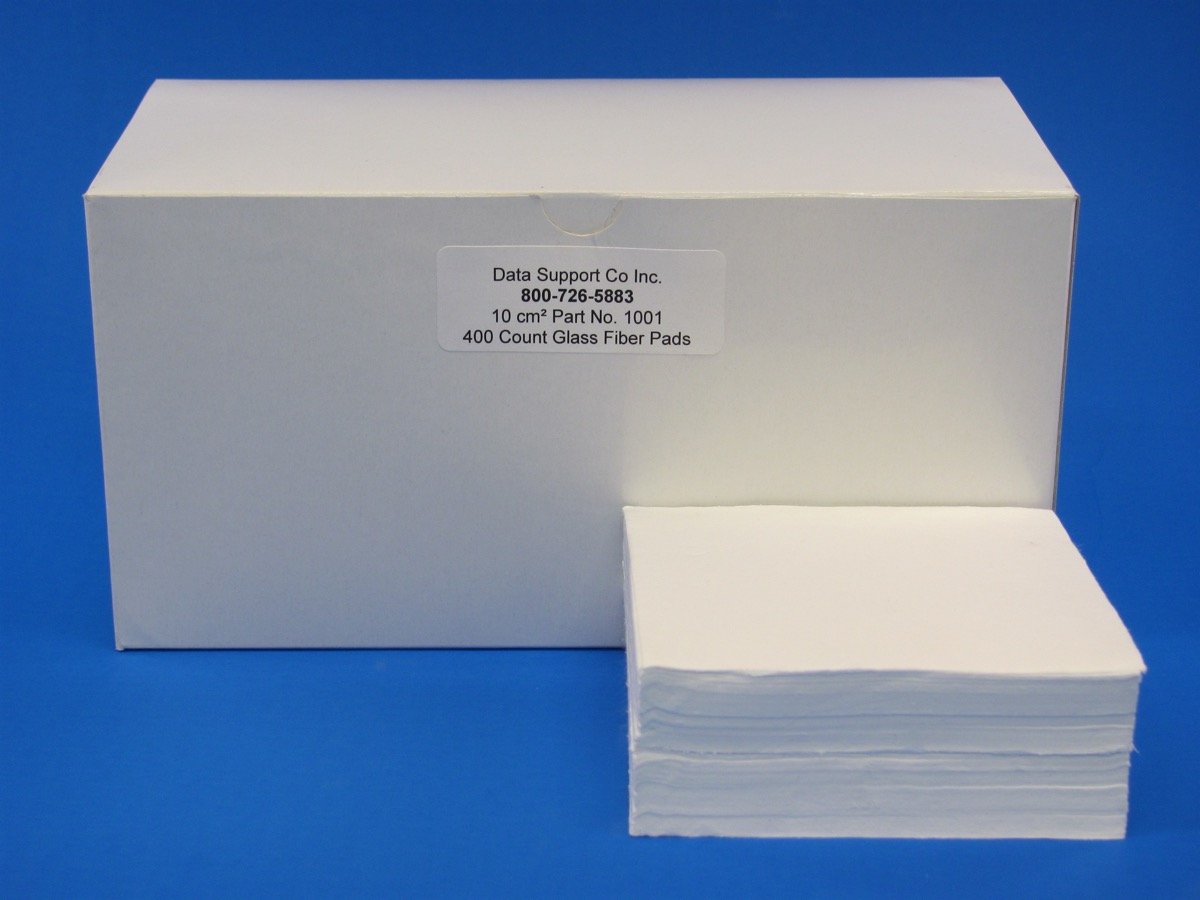If you need to learn how to read triple beam balance, you’re in the right place. This guide covers everything from setting the balance to taking accurate measurements. By the end, you’ll be confident in using a triple beam balance for precise readings.
Key Takeaways
-
A triple beam balance measures mass up to 600 grams with an accuracy of 0.1 grams, relying on three beams with sliding weights and necessitating proper calibration.
-
Accurate measurement requires a systematic approach: zero the balance, position the object centrally, adjust sliding weights, and sum the readings from all weights.
-
Common mistakes include misreading the pointer, incorrect weight placement, and overlooking calibration, all of which can significantly impact measurement accuracy.
Understanding the Triple Beam Balance
A triple beam balance is a device used to measure mass in grams, boasting a maximum capacity of 600 grams and an accuracy of 0.1 grams. Its design incorporates three beams, each with sliding weights, allowing users to balance an object’s mass against known values. This balancing act makes triple beam balances precise and reliable for scientific measurements.
Understanding its components and the importance of calibration is key to using a triple beam balance effectively. The balance features a pan to hold the object, beams with sliding weights for measurement, and a zero adjustment knob for calibration. Mastering these elements ensures that you can accurately measure mass every time you use the device.
Components of the Triple Beam Balance
The triple beam balance consists of several critical components. The pan is used to hold the object for weighing. The pan must be clean and centrally positioned to ensure accurate measurements. The beams, which hold the sliding weights, are divided into three sections: the front beam, the middle beam, and the rear beam. Each beam is crucial for achieving precise measurements as they hold the sliding weights that you adjust during the weighing process.
Moreover, the zero adjustment knob calibrates the balance before measurement. This knob allows you to set the balance to a true zero, ensuring that your measurements are accurate from the start. Correctly using these components is the first step toward mastering the triple beam balance.
The Importance of Calibration
Calibration is the cornerstone of accurate measurement with a triple beam balance. Ensure the balance is placed on a stable, level surface before taking any measurements. Failing to do so can result in inaccurate readings. The zero adjustment knob is used to calibrate the balance, aligning the pointer with the zero mark when the pan is empty. This ensures the balance gives accurate readings by setting a true zero point using the calibration screw.
Regular calibration checks are necessary to maintain the precision of the balance. Even slight deviations can lead to significant errors in measurements. Therefore, frequently calibrate the balance, especially before each use, to maintain measurement reliability.
Step-by-Step Guide to Reading a Triple Beam Balance

To accurately measure mass using a triple beam balance, you must follow a systematic process that is measured. This involves zeroing the balance, positioning the object correctly, adjusting the sliding weights, and finally, reading the measurements.
Each step ensures the balance operates correctly, allowing for precise measurements every time.
Zeroing the Balance
Zeroing the balance is the first step in the measurement process. Begin by ensuring that the balance is on a stable, level surface. Slide all the weight poises back to the zero position and observe the pointer. The pointer should align with the zero mark when the pan is empty. If it does not, use the zero adjustment knob to make fine adjustments until the pointer aligns perfectly with the zero line.
This sets a baseline for all subsequent measurements. Any deviation from zero can lead to inaccurate readings, skewing the true mass of the object.
Positioning the Object
Once the balance is zeroed, the next step is to position the object on the pan. Place the object in the center of the pan to ensure an even distribution of weight. The pan should be clean and free of any debris that could affect the measurement. A clean, centrally positioned object ensures accurate mass measurement without interference.
Centering the object prevents any imbalance that can skew the measurement. Even a slight shift from the center to the left side can lead to incorrect readings, so take care to place the object precisely in the middle of the container pan.
Adjusting the Sliding Weights
Adjusting the sliding weights is where the magic of the triple beam balance happens. Move the largest weight along its beam until the pointer drops below the zero mark, then move it back one notch. Repeat this process with the middle and smallest weights. Each weight is designed to measure specific increments, allowing for precise adjustments as you fine-tune the balance.
Using the smallest weight for fine adjustments ensures pinpoint accuracy. Align the pointer with the zero mark by the time all weights are adjusted. This method provides a precise measurement of the object’s mass.
Reading the Measurements
Reading the measurements from a triple beam balance involves summing the values from each weight poise. Start with the largest beam and note the value, then add the values from the middle and smallest beams. This ensures you account for the total mass of the object accurately.
When summing the weights, pay attention to any fractional values indicated by the smallest sliding weight. These finer adjustments weighs can significantly impact the total measurement, emphasizing the need for accuracy.
Common Mistakes and How to Avoid Them
Mistakes can undermine the precision of your measurements. Misreading the pointer lines, incorrect weight placement, and overlooking calibration are frequent errors that can lead to inaccurate readings and marks. Awareness of these pitfalls and knowing how to avoid them is crucial for maintaining accuracy.
Misreading the Pointer Lines
One of the most common mistakes is misreading the pointer lines. Users often misinterpret the position of the pointer relative to the scale lines, resulting in incorrect weight readings. Ensure you observe the pointer’s exact position in relation to the nearest scale line to avoid this.
Careful observation is crucial. Take your time to ensure that the pointer aligns correctly with the scale lines, and double-check your readings to avoid errors.
Incorrect Weight Placement
Incorrect weight placement is another common error. Placing weights on the wrong beams or failing to secure them properly can lead to significant measurement errors. For instance, placing a weight on the rear beam instead of the front may result in a higher reading.
To avoid these mistakes, always ensure weights are placed securely on the correct beams and verify alignment before taking a reading. This step is essential for obtaining reliable measurements.
Overlooking Calibration
Overlooking calibration can lead to systematic errors in your measurements. Calibration is essential for obtaining accurate readings, as even slight deviations can cause significant inaccuracies. Regular calibration checks are necessary to maintain the precision of the balance.
Before measuring any weights, ensure that the balance is zeroed using the zero adjustment knob. This step is crucial for setting a true zero point and preventing errors in your measurements.
Tips for Maintaining Your Triple Beam Balance

Proper maintenance is key to extending the lifespan and accuracy of your triple beam balance. Regular cleaning, proper storage, and routine checks are essential practices to ensure that your balance remains in top condition.
Regular Cleaning
Dust and debris can interfere with the precision of your measurements. Keeping the pan and balance clean is crucial for achieving accurate readings. Regularly cleaning the balance prevents dust accumulation, which can affect its performance.
A clean balance ensures that no external factors interfere with the measurement process. Make it a habit to clean the balance regularly to maintain its accuracy and reliability.
Proper Storage
Proper storage is essential for maintaining the calibration and longevity of your balance. Store the balance in a dry and stable environment to prevent damage and maintain its accuracy. Maintaining suitable storage conditions ensures that your balance remains in optimal working order and can rest properly.
Avoid exposing the balance to extreme temperatures or humidity, as these conditions can affect its performance.
Routine Checks
Regular checks ensure the balance remains accurate. Routine maintenance includes regular calibration checks and careful handling during use. Routine checks identify issues that may affect the balance’s performance.
By conducting regular checks, you can ensure that your balance remains reliable and accurate.
Using Triple Beam Balances in Experiments

Triple beam balances play a crucial role in various scientific experiments. They are essential for measuring mass accurately, providing precise data for analysis in both educational and professional settings.
Chemistry Experiments
In chemistry, precise measurements of substance are crucial for accurate experimentation and results. A triple beam balance, with its maximum mass weighing capacity of 610 single grams, is commonly used to assess the mass of solid samples before reactions or analyses.
The precision of a triple beam balance makes it a reliable tool for chemists who require exact measurements. Whether weighing reagents for a chemical reaction or preparing samples, the balance ensures accurate measurements.
Physics Experiments
Triple beam balances are essential tools in physics experiments for measuring the mass of various objects with precision. In physics, they are used to determine the weight of objects and calculate other physical properties.
For example, measuring the mass of a sample can help in calculating its density or determining the force exerted on it. The balance’s precision ensures reliable data for these calculations, making it indispensable in physics labs.
Classroom Activities
Triple beam balances are ideal for educational purposes due to their straightforward mechanics and ease of use. Classroom activities may include practical exercises where students measure everyday objects, enhancing their understanding of mass and balance.
Hands-on practice with the balance builds students’ measurement confidence and provides a tangible understanding of science concepts through experiment. These activities are educational and engaging, making the learning process enjoyable.
Comparing Triple Beam Balances to Other Scales

Triple beam balances stand out in the realm of measurement tools, offering precise manual measurements that are essential for many scientific experiments. However, they are often compared to other types of scales, such as digital and analytical balances, each with its own advantages and limitations.
Digital Scales vs. Triple Beam Balances
Digital scales offer a convenient alternative to triple beam balances, providing electronic readings that are quick and easy to interpret. However, their dependence on batteries can limit their use in certain settings, such as during power outages or when batteries fail. This reliance on power sources makes digital scales less reliable in remote environments where a stable power supply is uncertain.
In contrast, triple beam balances operate on mechanical principles, requiring no external power source. This makes them more dependable in various conditions, ensuring that you can always obtain accurate measurements completely without worrying about battery life.
The manual precision offered by triple beam balances is often preferred for tasks demanding meticulous attention to detail to provide the best answer.
Analytical Balances vs. Triple Beam Balances
Analytical balances are designed for high precision, often measuring with a sensitivity of 0.0001 grams or better. This level of accuracy makes them suitable for laboratory environments that require exact measurements, such as in chemical analyses or pharmaceutical research. Analytical balances often include features like draft shields to maintain measurement accuracy in varying environments, further enhancing their precision.
For educational purposes and general laboratory use, you can use a triple beam balances offer a more accessible and cost-effective solution while still delivering reliable and accurate measurements of lab equipment.
Summary
Mastering the use of a triple beam balance is a valuable skill for anyone involved in scientific experiments. This guide has covered the essential aspects of using a triple beam balance, from understanding its components and the importance of calibration to following a step-by-step process for accurate measurements. We also explored common mistakes and maintenance tips to help you avoid errors and keep your balance in top condition.
In conclusion, the triple beam balance remains a trusted tool in both educational and professional settings, offering reliable and precise measurements. By following the guidelines outlined in this article, you can ensure accurate results and maintain the longevity of your balance. Embrace the precision and reliability of the triple beam balance, and let it enhance your scientific endeavors.
Frequently Asked Questions
Why is calibration important for a triple beam balance?
Calibration is essential for a triple beam balance as it ensures accurate readings by aligning the pointer to a true zero before measurements, thereby guaranteeing reliable results. Accurate measurements are vital for effective experiments and data analysis.
How do I zero a triple beam balance?
To zero a triple beam balance, ensure all weight poises are positioned at zero and adjust the zero adjustment knob until the pointer aligns with the zero line. This method guarantees accurate measurements.
What are the common mistakes when using a triple beam balance?
Common mistakes when using a triple beam balance include misreading the pointer lines, placing weights incorrectly, and failing to calibrate the balance properly. Such errors can significantly compromise measurement accuracy.
How do I maintain my triple beam balance?
To ensure the accuracy and longevity of your triple beam balance, regularly clean it, store it in a stable environment, and perform routine calibration checks. These practices are essential for maintaining optimal performance.
How does a triple beam balance compare to digital and analytical balances?
A triple beam balance is more cost-effective and reliable in diverse conditions compared to digital and analytical balances, which provide higher precision but require batteries and come at a greater cost. Thus, for basic measurements, a triple beam balance can be a practical choice.





